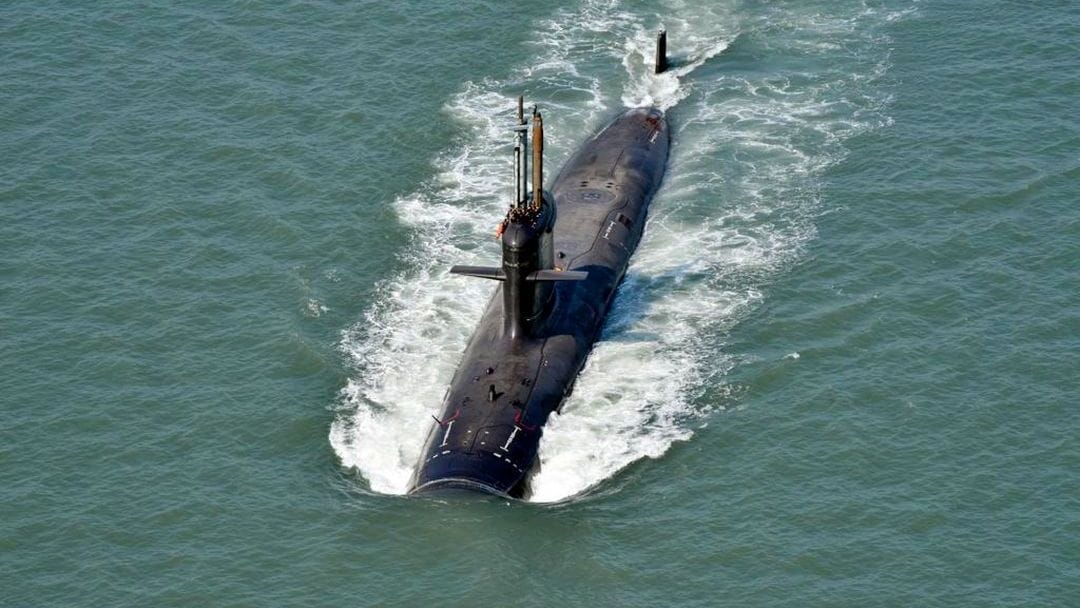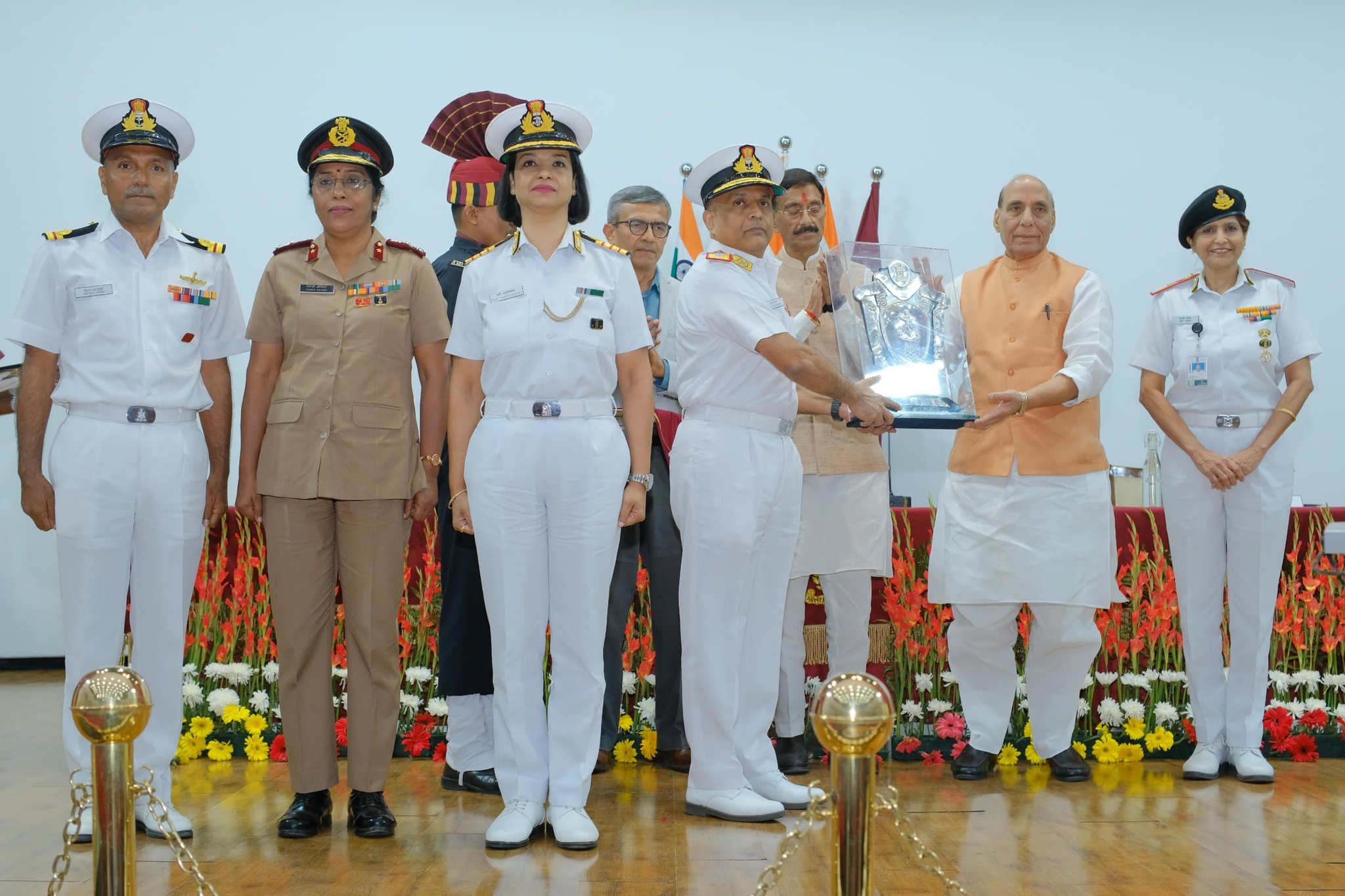The Bhabha Atomic Research Centre (BARC) is embarking on an ambitious project to develop a 190-MW nuclear reactor, specifically designed for use in submarines. This significant advancement is poised to enhance India’s naval capabilities, especially in the realm of nuclear-powered submarines, reflecting the country’s growing strategic and defense needs.
As reported on the prominent website, spsnavalforces.com, this reactor will play a critical role in powering the upcoming P77 nuclear attack submarine (SSN) and the S-5 ballistic missile nuclear submarines (SSBN). The move to equip these submarines with advanced reactors is part of India’s broader initiative to bolster its maritime defense strategy, particularly through Project 75 Alpha, which aims to develop six nuclear attack submarines.
The development of India’s nuclear reactor comes at a time when China is also making strides in military technology, having built a land-based prototype N-reactor for a large surface warship. Recent satellite imagery has suggested that China is advancing towards the construction of its first nuclear-powered aircraft carrier, further intensifying regional competition.
Submarines can be categorized as nuclear attack submarines (SSNs) or ballistic missile submarines (SSBNs), each serving distinct roles in naval warfare. SSNs are engineered to hunt and engage enemy vessels, operating without nuclear missiles but capable of prolonged underwater missions due to their nuclear reactors. In contrast, SSBNs are armed with nuclear missiles, providing strategic deterrence and the ability to launch nuclear strikes while submerged.
Currently, India operates two N-ballistic missile submarines: the INS Arihant, commissioned in 2016, and the INS Arighaat, commissioned in August 2024. Both utilize an 83-MW pressurized, light-water reactor. A third SSBN, the Aridhman (S4), is undergoing sea trials and is expected to join the fleet by 2025. The Indian Navy’s latest addition, the fourth SSBN, named S4*, is a larger vessel that can accommodate multiple K-4 submarine-launched ballistic missiles (SLBMs).
The need for advanced submarines has grown in urgency due to strategic shifts in the Indo-Pacific region. India’s existing fleet of nuclear submarines is under pressure, particularly after the lease of a Russian Akula-class SSN ended in 2021, leaving a gap in capabilities. Although there are plans to lease another Akula-class submarine from Russia, the ongoing geopolitical tensions have complicated negotiations.
The INS Arihant is currently equipped with the K-15 SLBM, which has a range of 750 km, while the S4* possesses the more advanced K-4 missile, with a range of 3,500 km. This increase in missile range is vital for India’s strategic defense, as it enhances the nation’s ability to project power from its waters.
BARC’s role in developing an indigenous 190-MW reactor symbolizes a shift towards self-reliance in India’s defense technology, a goal that dates back to the foundation of the institute in 1954. BARC has been instrumental in the development of nuclear technology for both civilian and military applications, contributing to India’s nuclear submarine program significantly.
The construction of nuclear reactors for submarines is essential as it provides submarines with the ability to operate underwater for extended periods without surfacing for fuel, thus enhancing stealth and operational capabilities. The emphasis on developing a fully indigenous reactor reflects the Indian government’s focus on self-sufficiency in strategic capabilities amid rising tensions in the region.
India’s push to augment its nuclear submarine fleet is seen as a necessary step to maintain a credible second-strike capability—ensuring that the country can respond effectively to a nuclear attack. This capability serves as a deterrent against potential aggressors, assuring that any offensive action would result in severe retaliation.
To address the current limitations in its fleet, India is planning to secure the INS Chakra III, another Akula-class submarine from Russia, which is expected to bolster India’s SSN capabilities by 2025. Strengthening naval power is crucial for India, not only to safeguard its regional interests but also to participate actively in the geopolitical landscape of the Indo-Pacific, which has become a focal point of global security dynamics.
In summary, BARC’s initiative to construct an indigenous nuclear reactor for submarines marks a pivotal enhancement in India’s defense technology, bolstering the country’s capabilities in a competitive regional environment. As India continues to navigate complex security challenges, its advancements in nuclear-powered submarines are set to play a vital role in ensuring national and regional stability.












